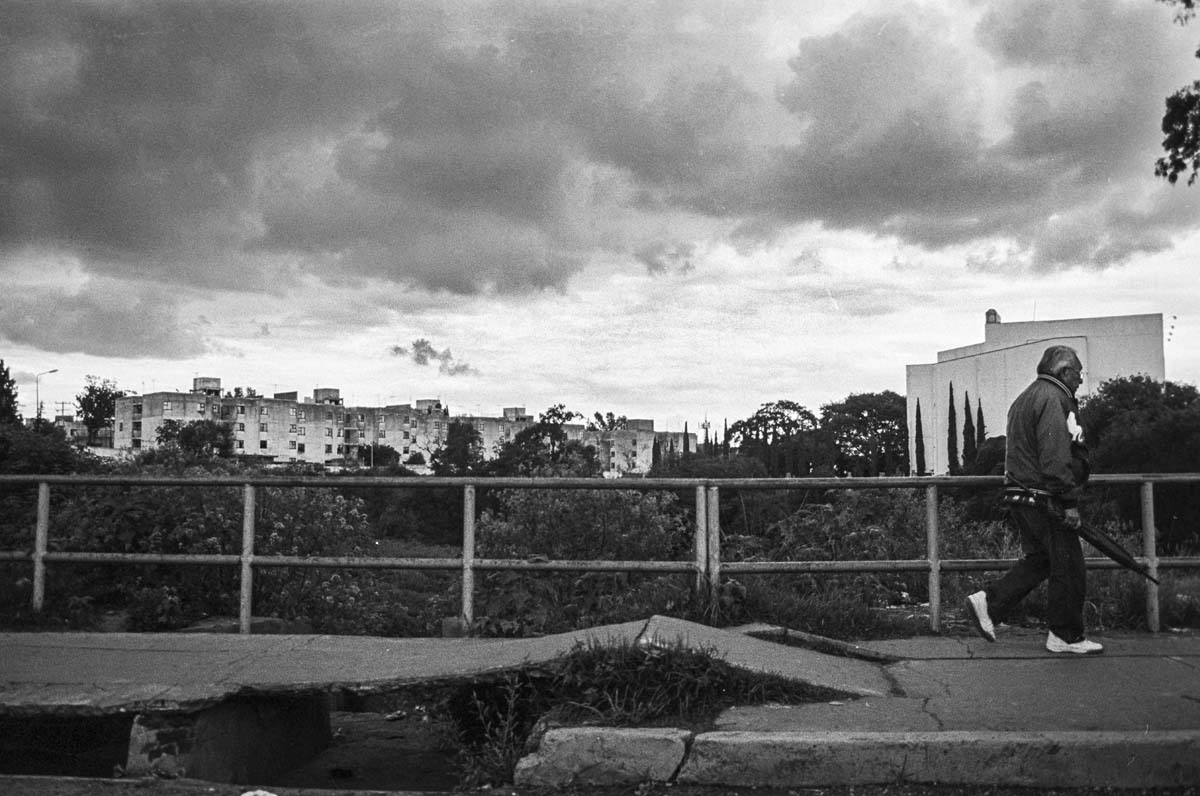Aureliano and Esther
Aureliano Valdovinos is walking under the October moonlight. The dirt road is full of shadows, but he is not afraid. He can feel his gun at his waist, moving with him. He’s been walking for more than one hour. Once he gets to the crossroad, he will catch a bus to Sahuayo; a second bus drops him off in San Pedro Caro, Michoacan, where he is now living. With each step he takes, he is leaving his old village, Jaripo, and his girlfriend of several years, Esther. The cluster of adobe huts, illuminated only by petroleum lamps, gets smaller by the minute. Men have been leaving Jaripo for years. This small village in the state of Michoacan, Mexico, along with many other villages across the country, sends its working age men to the United States, to work legally as manual laborers under the Bracero program, an agreement the two countries entered in 1942. Thousands have left with contracts, for months at the time. They return home for some weeks, just to depart again with a new contract. Yet, …

